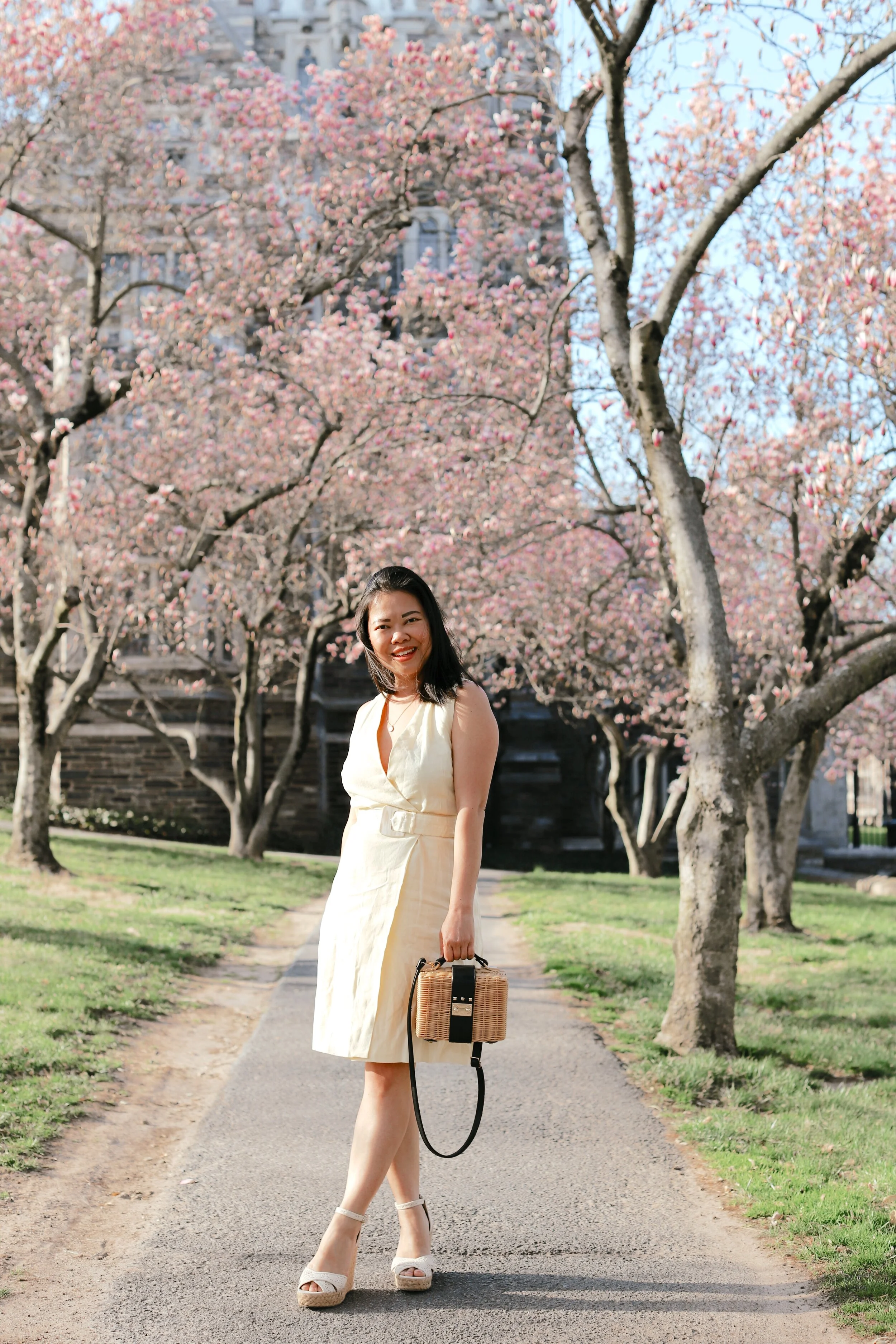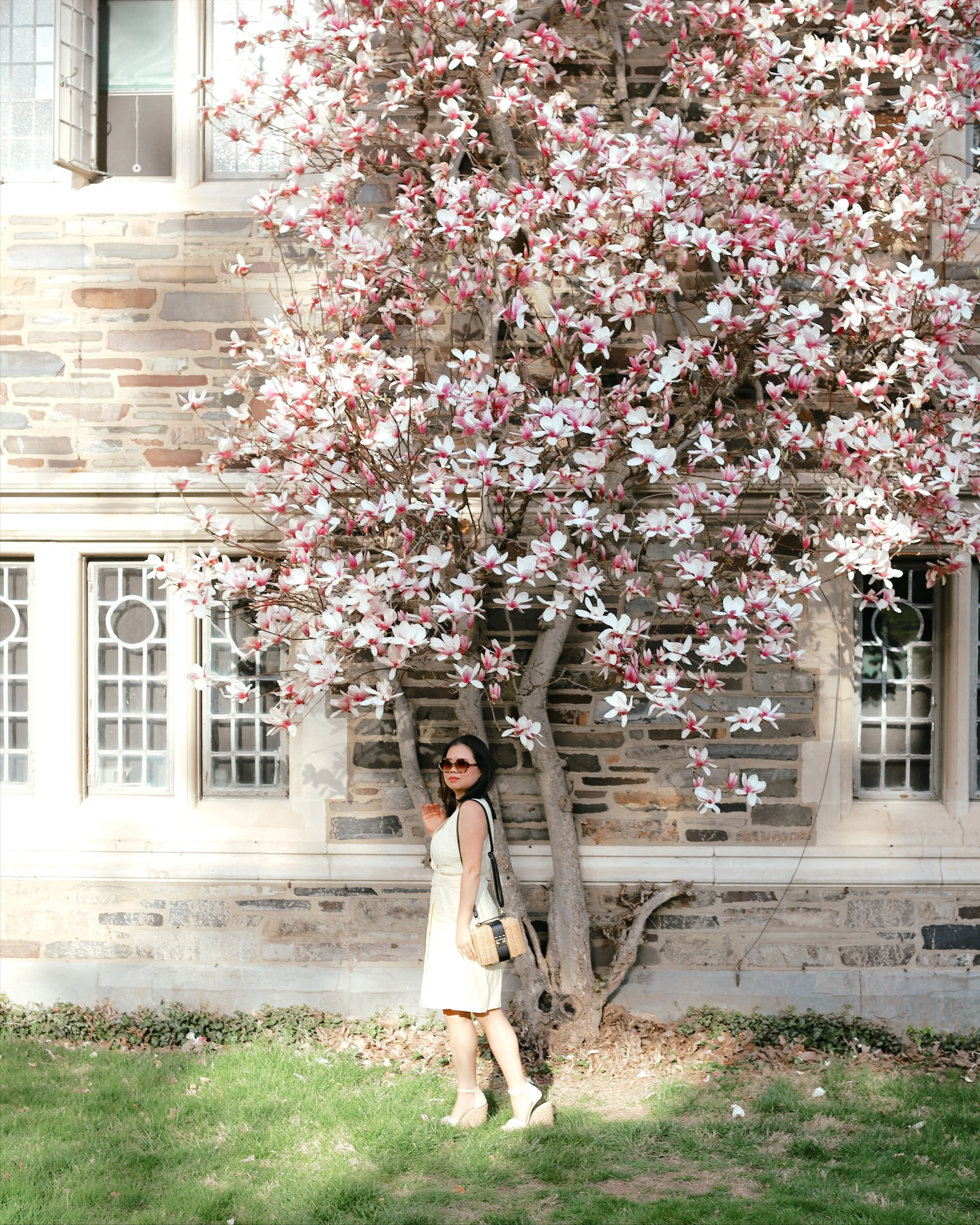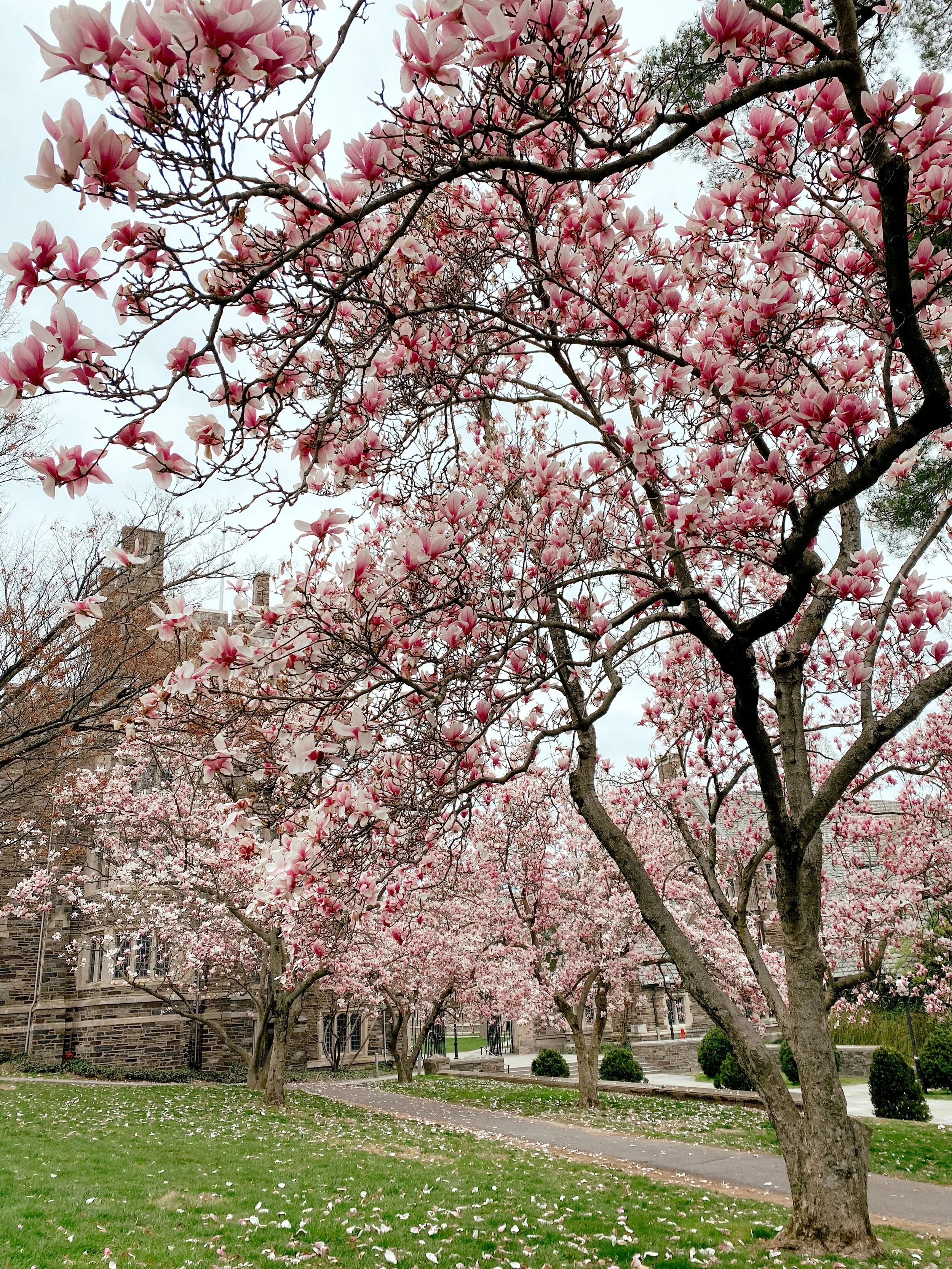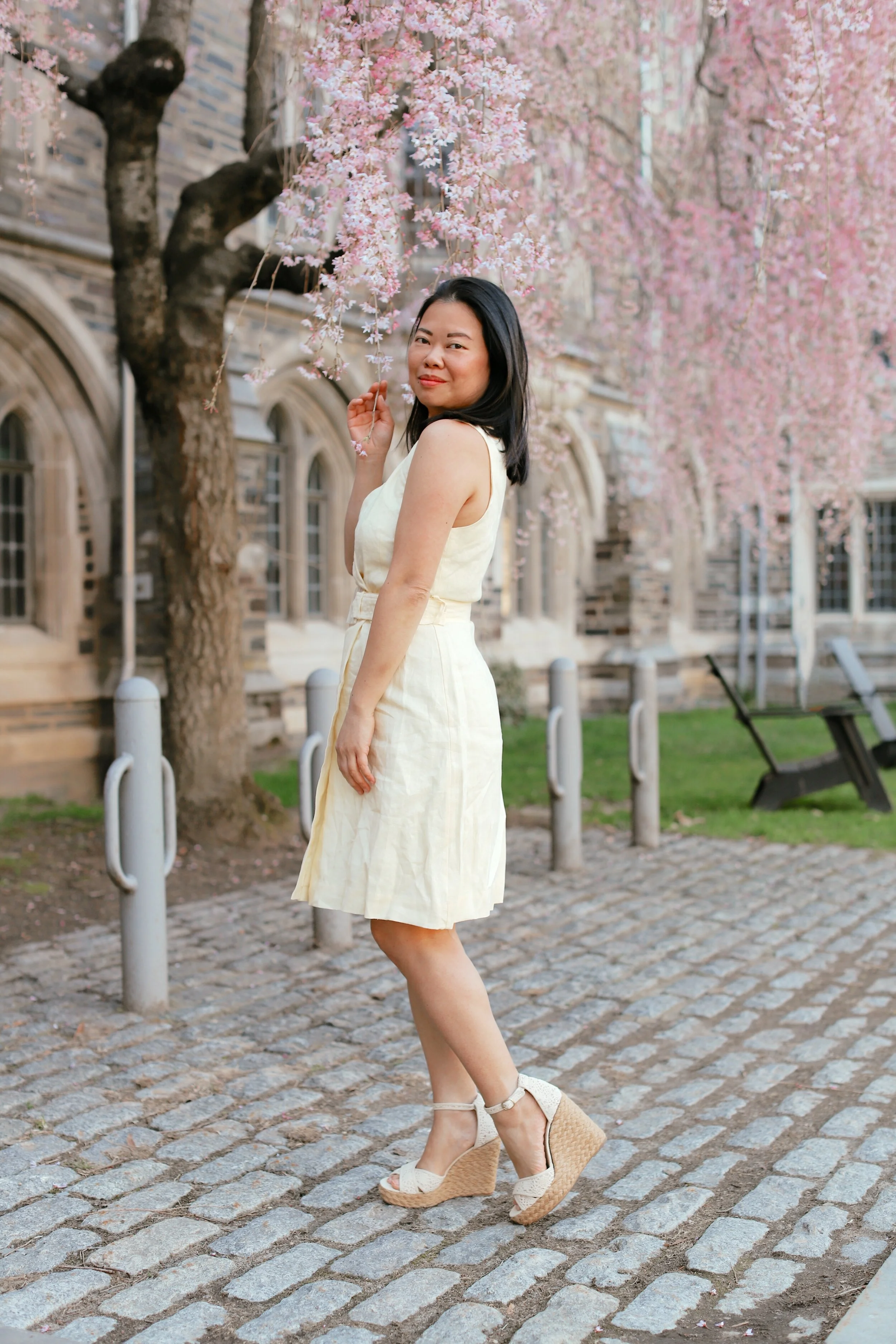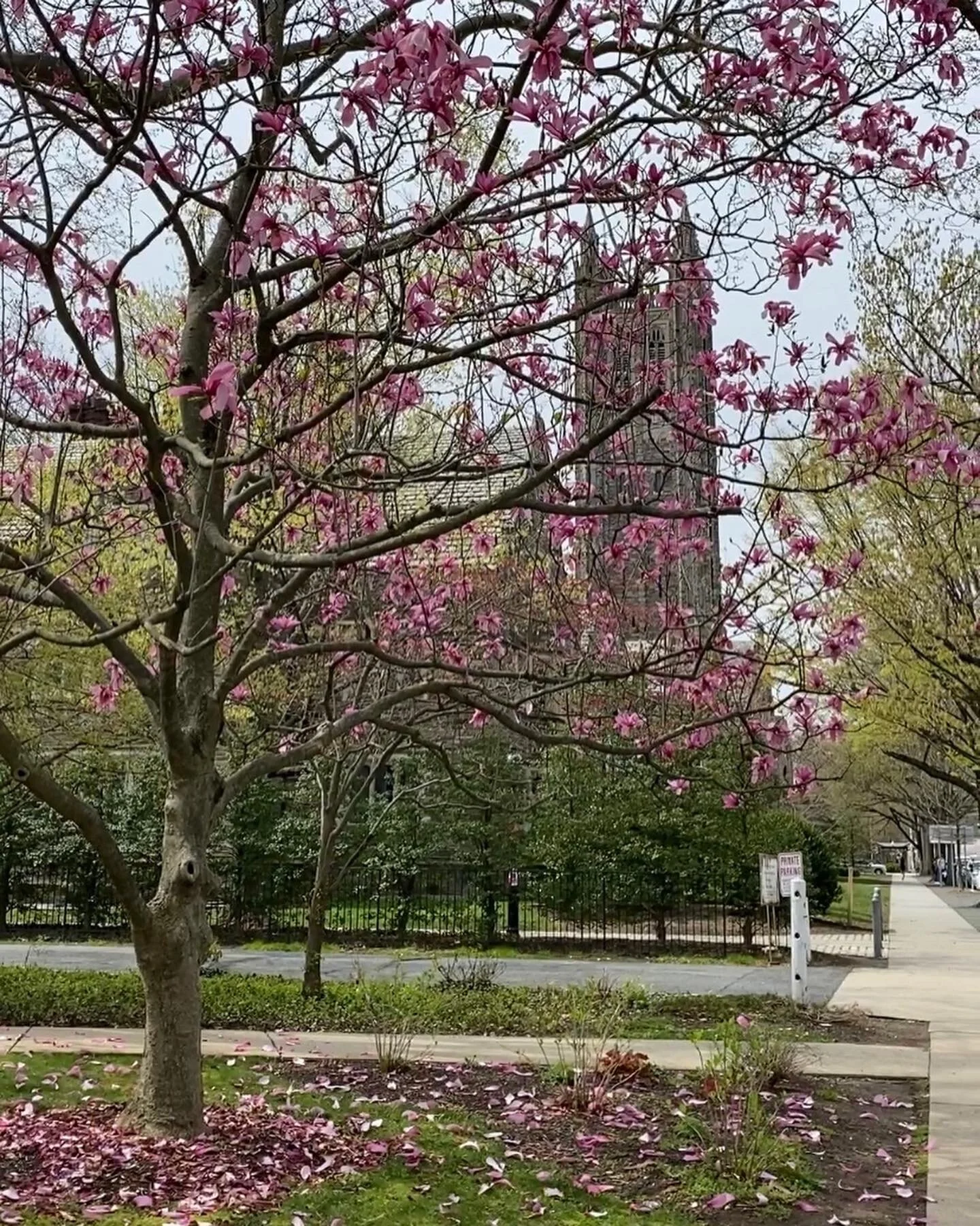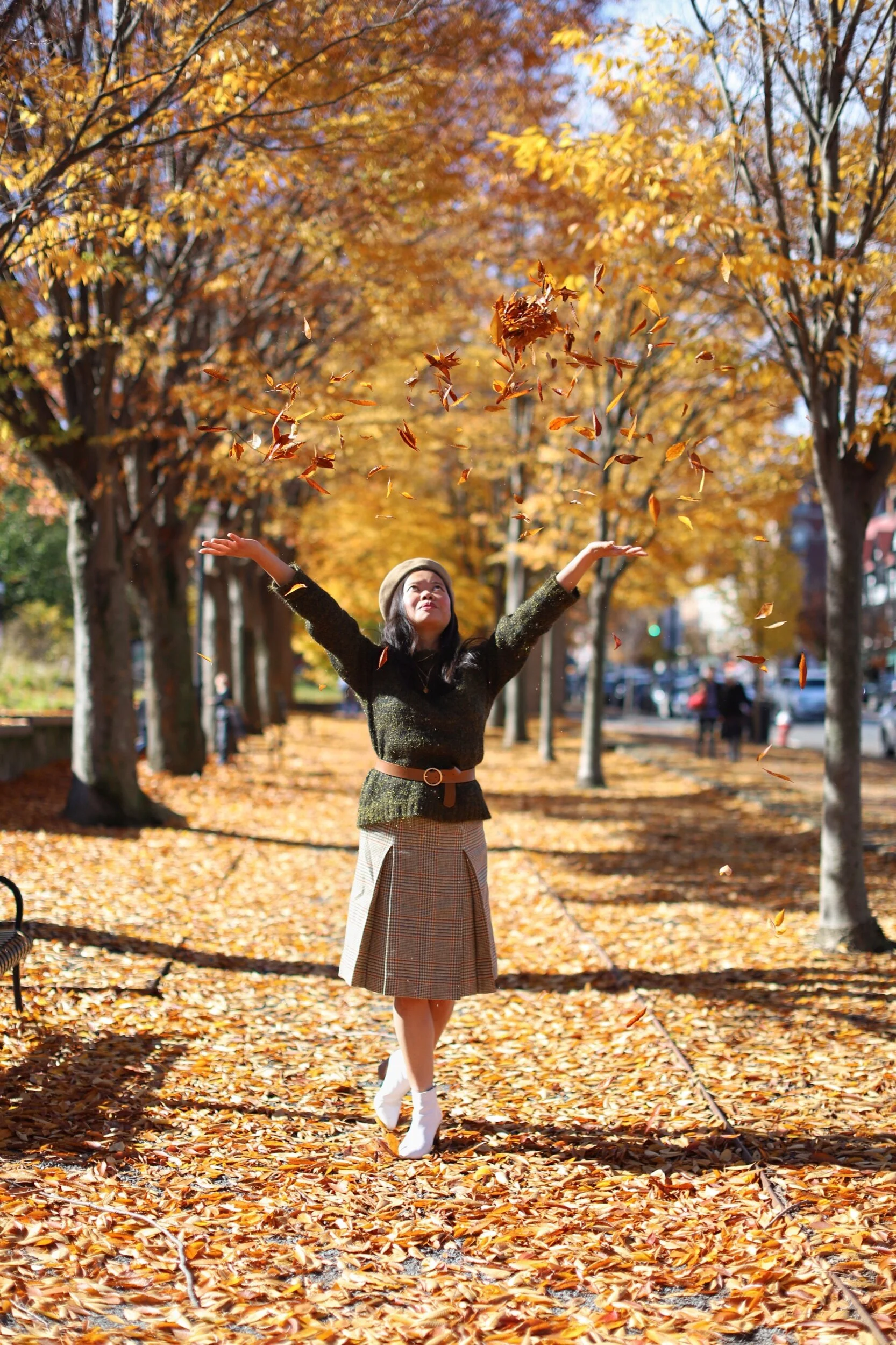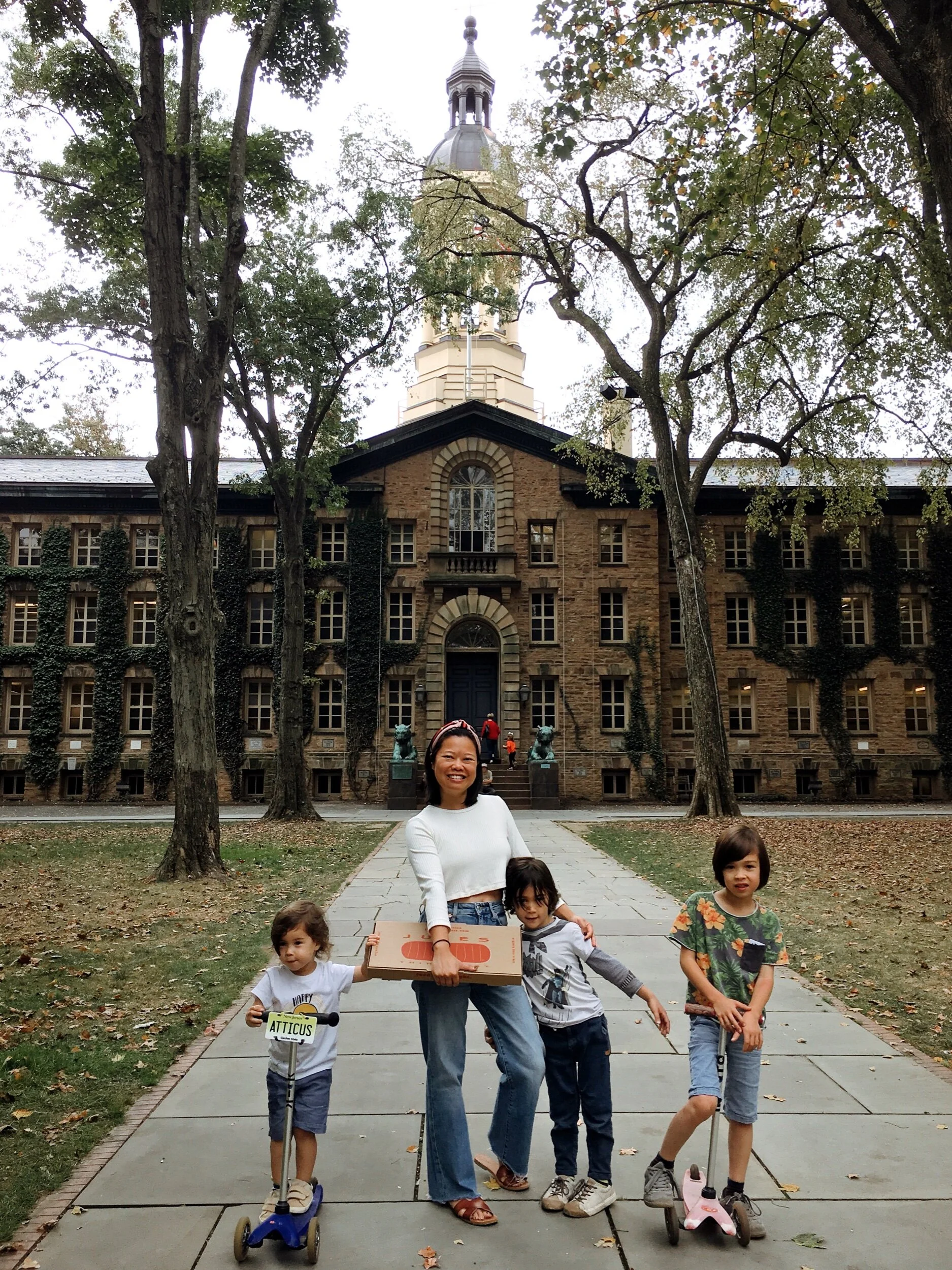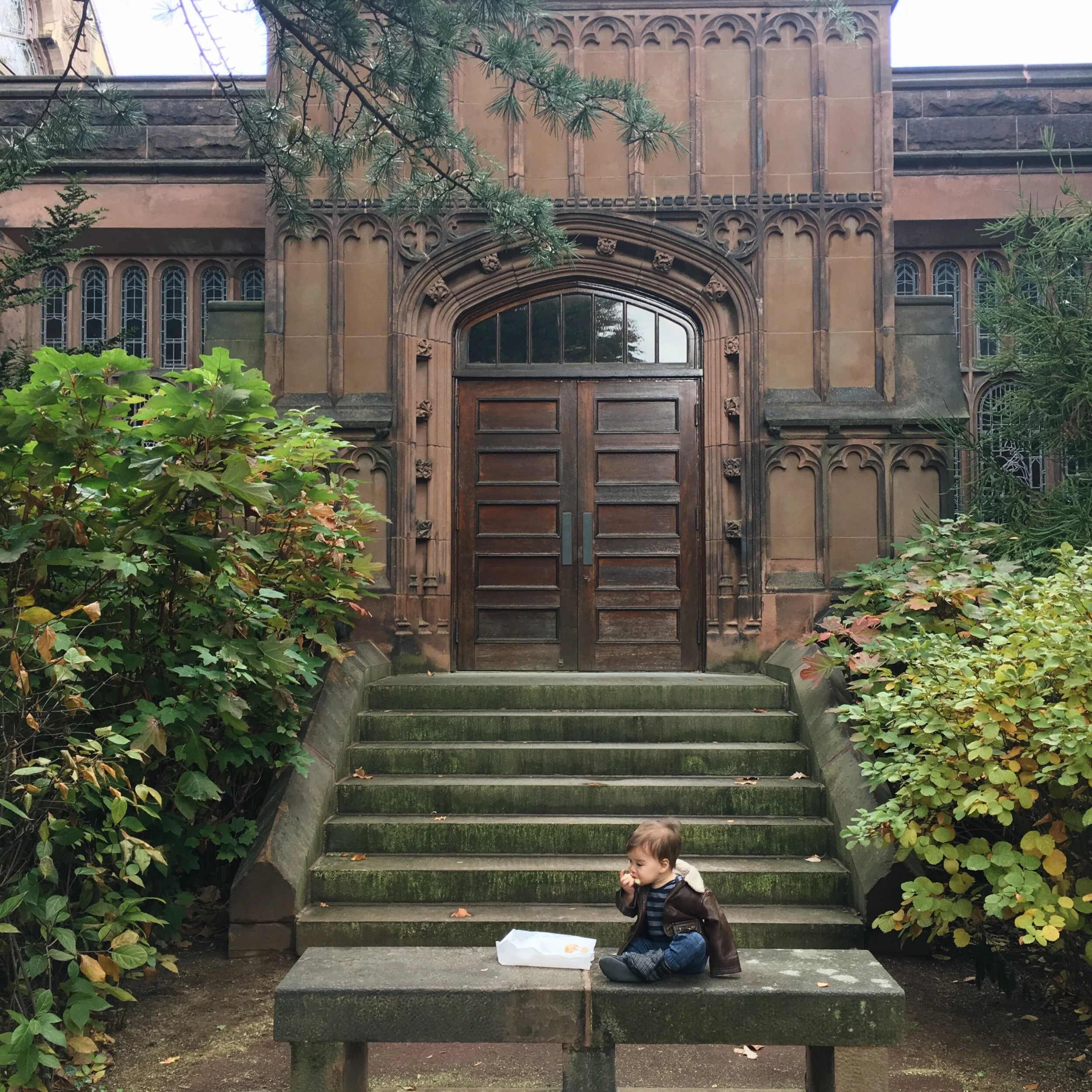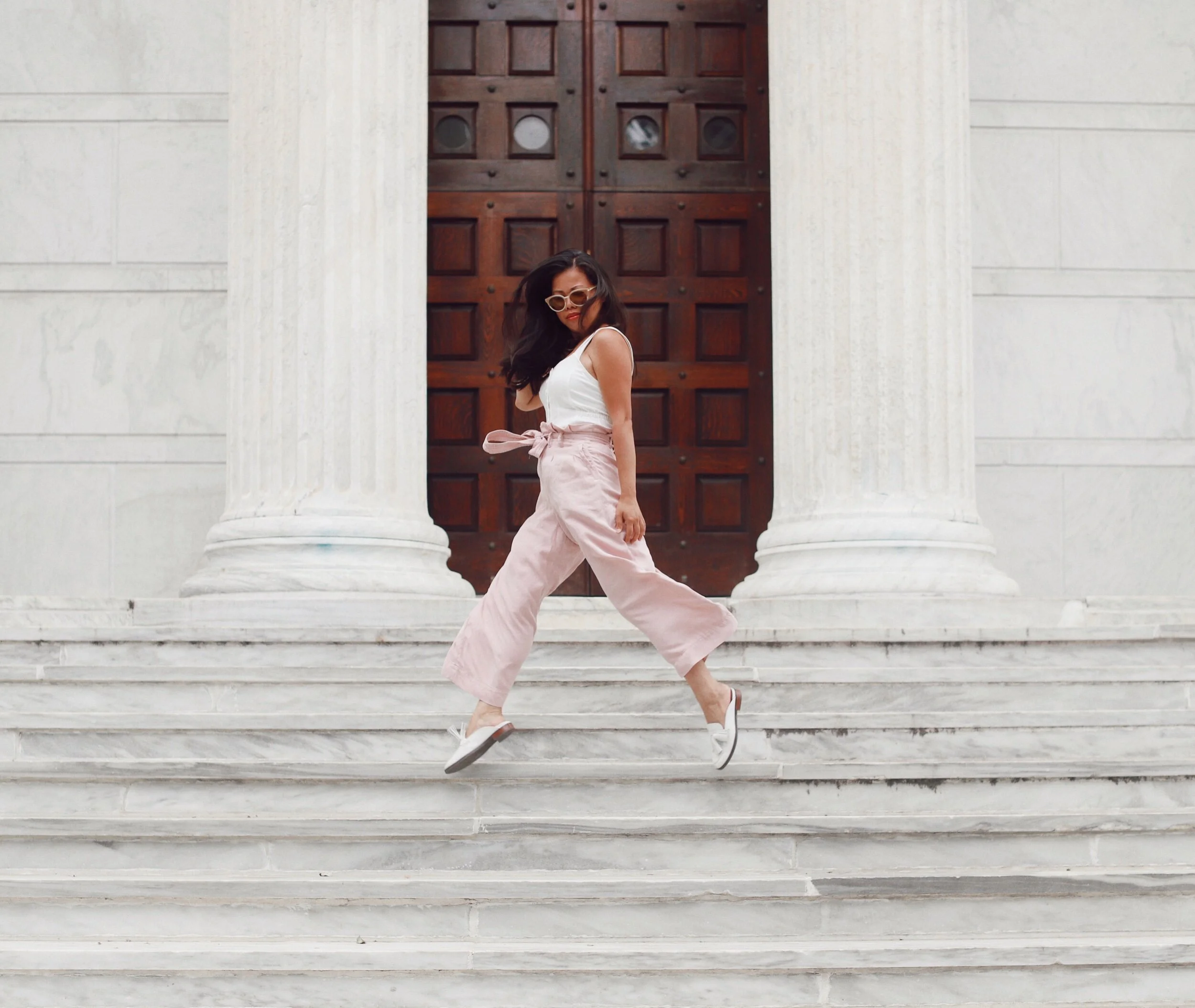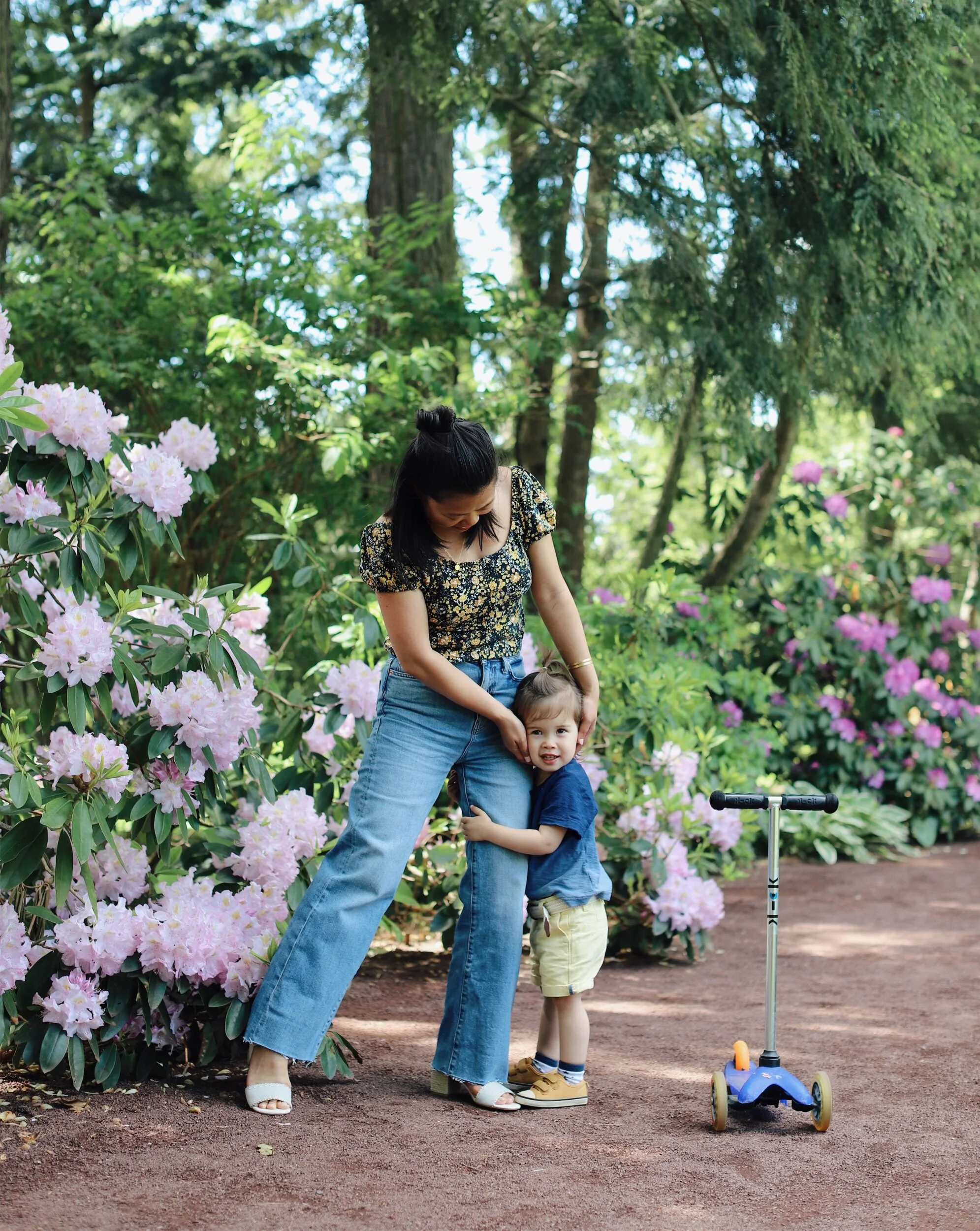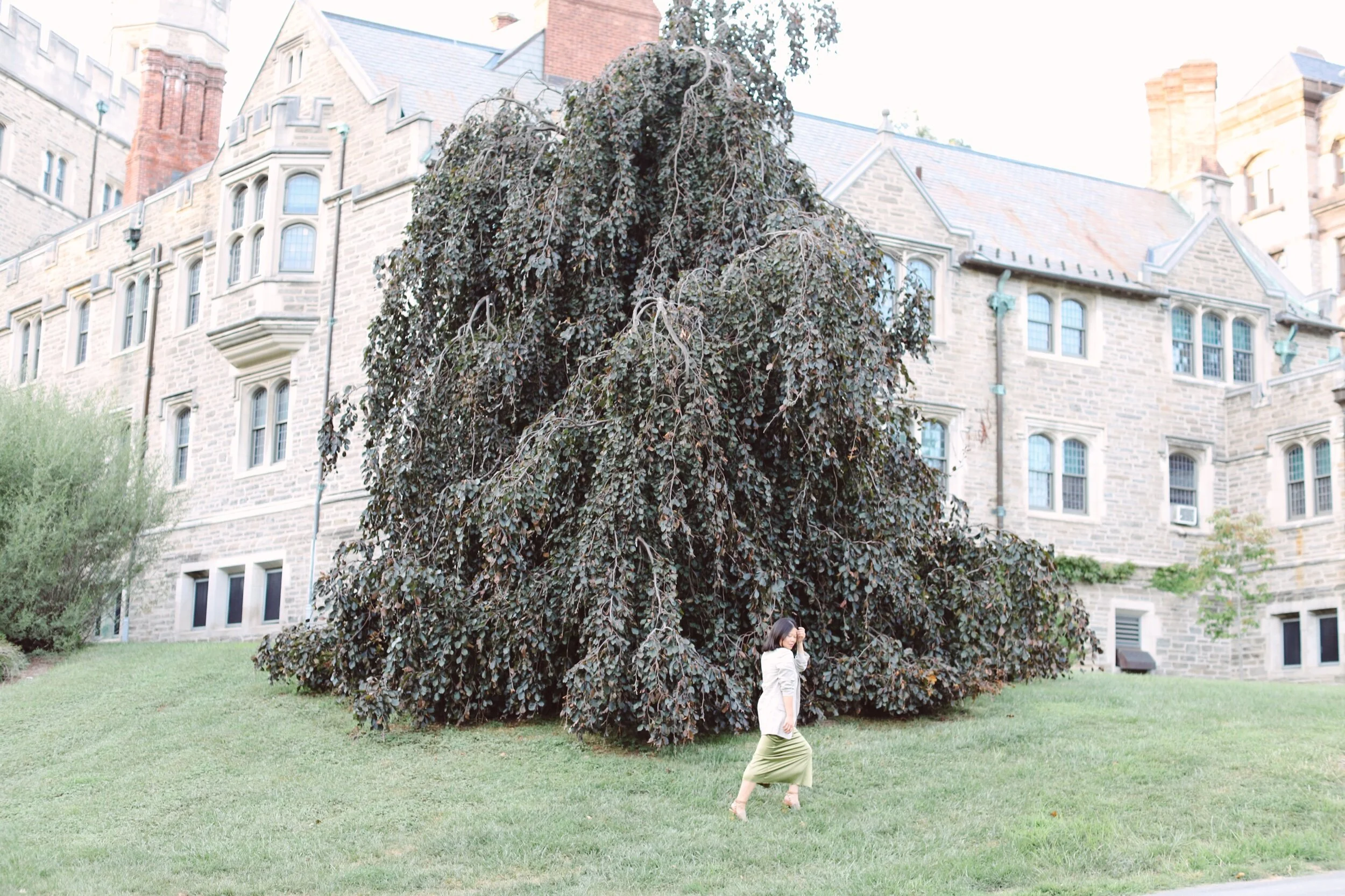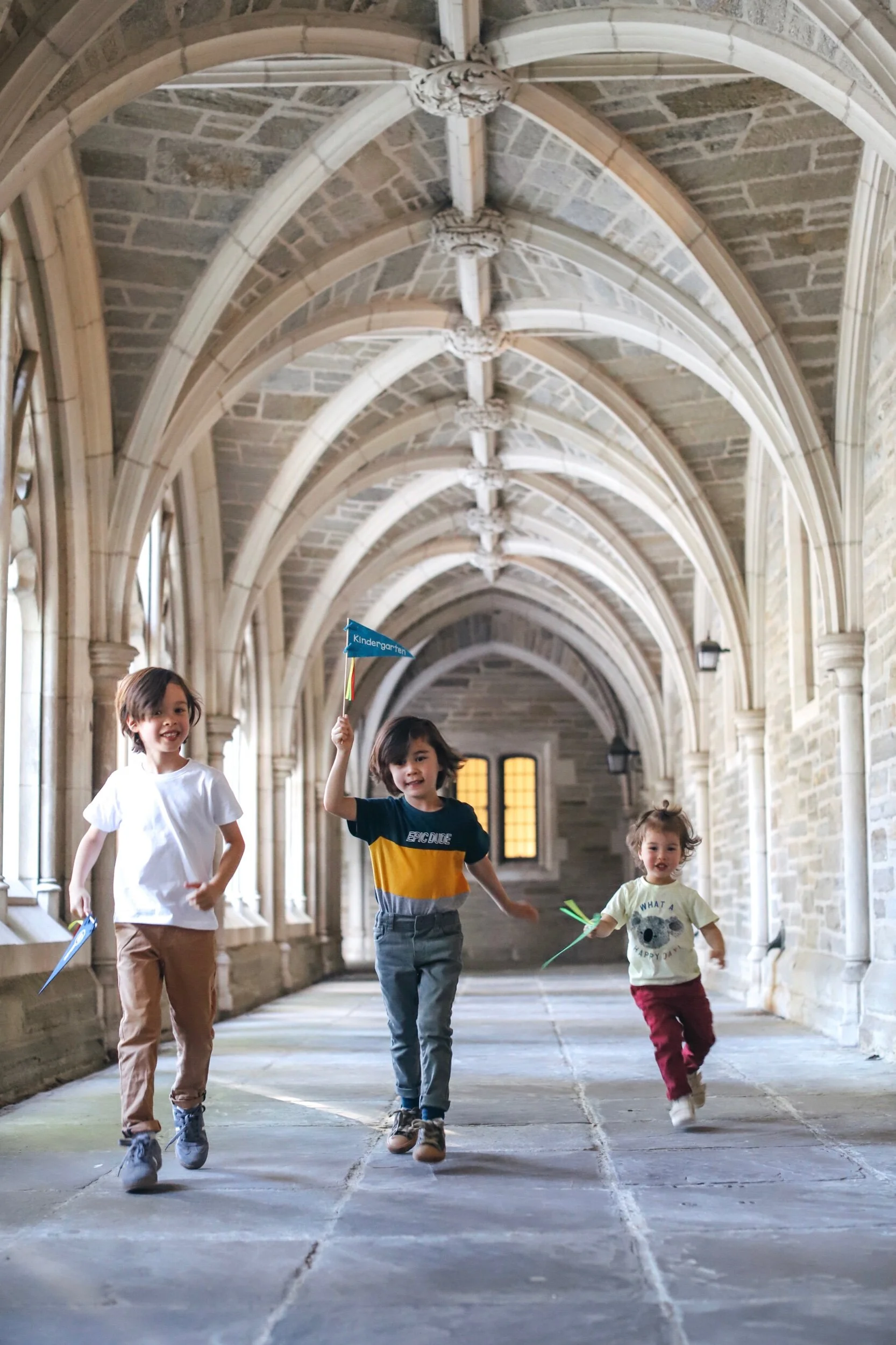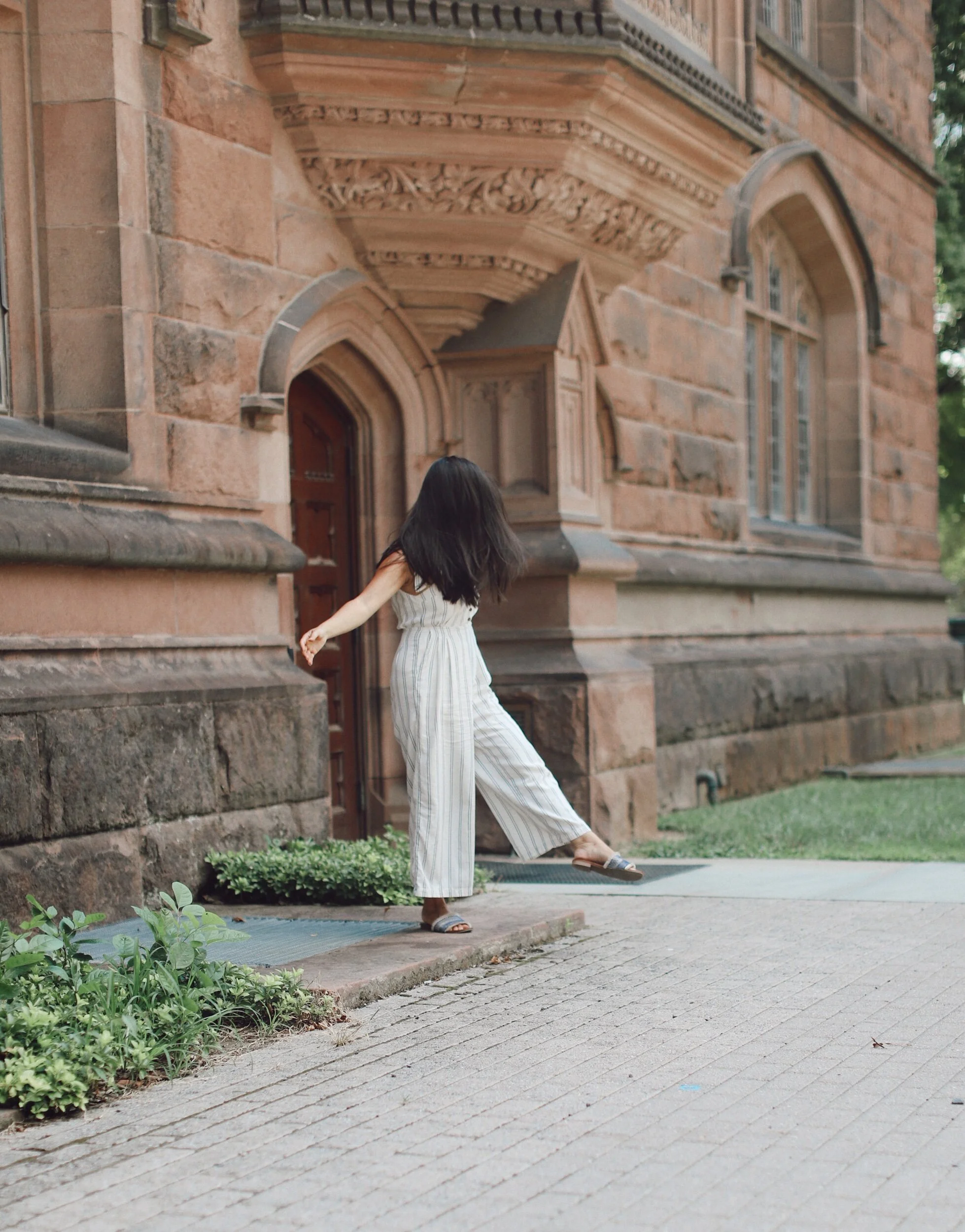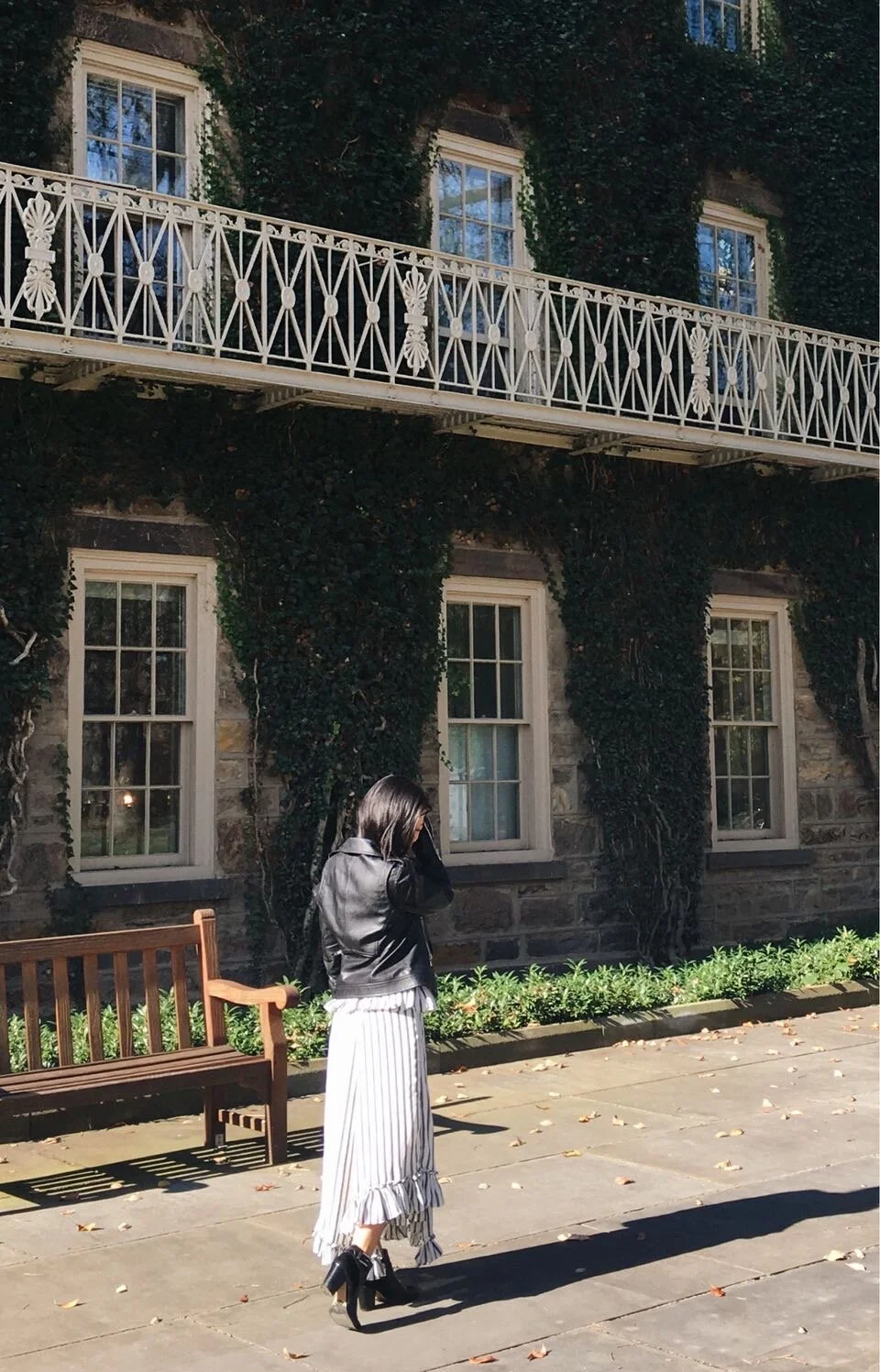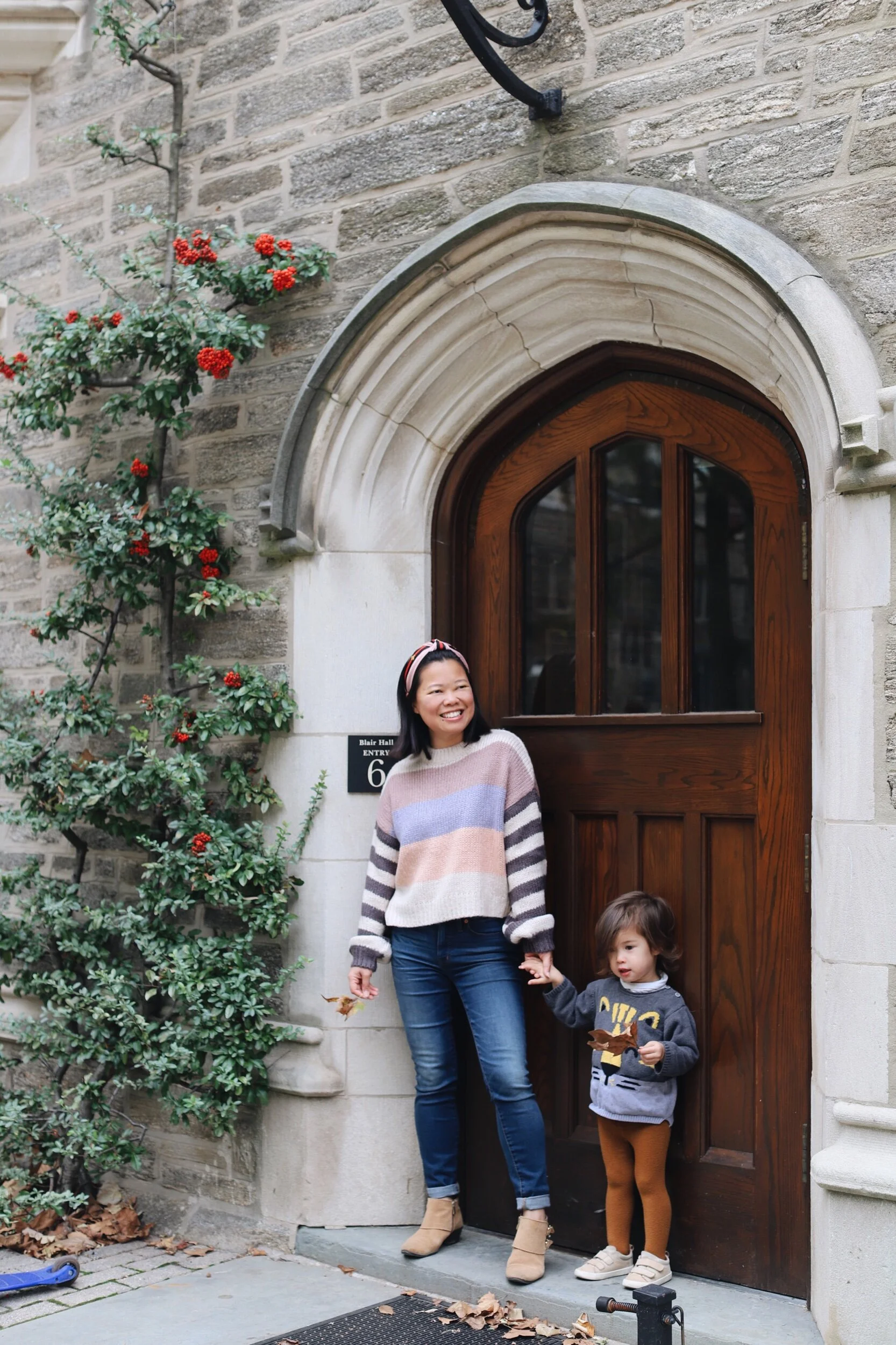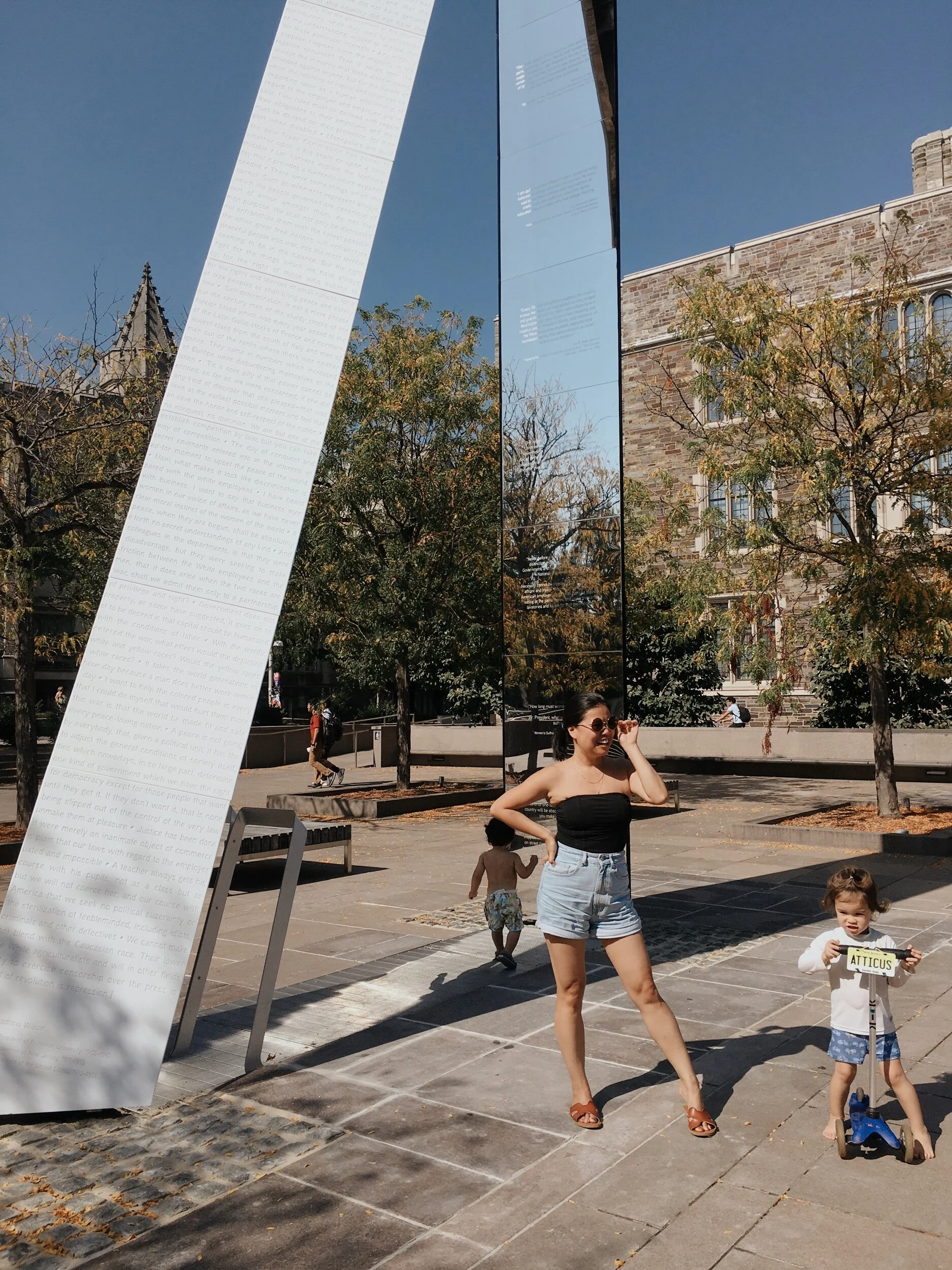Most Instagrammable Spots Around Princeton University
Spending a day in Princeton, New Jersey?
Every spring and fall, Princeton University in Princeton, New Jersey brims in “lazy beauty”, an organic landscaping style pioneered by Beatrix Farrand, the University consulting landscape architect from 1915 to 1945. There are winding paths and vibrant flowering trees amongst dramatic Gothic stone buildings — all of which provide stunning backdrops for seriously Instagrammable photos. In the spring, pink and white saucer magnolias, brilliant yellow forsythia and purple wisteria take over the campus. In the fall, there are Japanese zelkova trees, native sassafras and sweet bay magnolias which set the campus on fire in magnificent fall colors of golden orange and yellow. I’m sharing 16 of my favorite photogenic spots around Princeton University — perfect for springtime portraits, wedding and engagement photos, or family photo shoots.
16 Instaworthy Spots to Take Photos at Princeton University
1. Magnolia Trees on University Place
Don’t miss the rows of Saucer magnolia trees over on University Place just past McCarter Theatre. (You can enter 36 University Place in your GPS and park on the street.) Every spring between late March and early April, these magnificent flowering trees bloom in shades of white, pink, and purple — but they don’t last long, so make sure to check back often!
2. Henry Hall
On the east side of Henry Hall, a pair of pink weeping cherry trees in the spring perfectly frame the center entry while climbing hydrangea are trained against the stone. You won’t want to miss seeing these cascading pink beauties!
3. Nassau Presbyterian Church (61 Nassau Street)
Right outside Nassau Presbyterian Church is a quiet manicured lawn with a flowering magnolia tree in a deep pink shade. It frames Holder Tower in the distance just perfectly. To the left of the church is a little brick path with a beautiful cherry blossom tree, and it’s something magical when you happen upon this spot at just the right time in April when the white petals are floating down, covering the ground like cheerful confetti.
4. Nassau Street
Amble down the main artery on campus, Nassau Street, in the fall — the Japanese zelkova trees line the street with vibrant sunset hues in gold, orange and red. It’s a prime spot for fall leaf peeping and special occasion portraits.
5. Nassau Hall
Head to Nassau Hall for all the preppy collegiate feels and a blast to the past. During the American Revolution, when Princeton's campus became a battleground, Nassau Hall was ravaged by the occupying troops of both armies. The Battle of Princeton in 1777 marked a turning point in the war, when the British troops holding Nassau Hall surrendered to General George Washington. In 1783, the building served as the nation's capitol, housing the Continental Congress from June to November. Bonus points if you snap a photo sporting a backpack and some cute kicks.
6. East Pyne Hall
For Ivy League vibes, head to East Pyne Hall, where Boston Ivy clings to the weathered brownstone walls. There’s a photo opp around every corner of this beautiful old building built in the late 1800s.
7. 9/11 Memorial Garden
Located between East Pyne Hall and Nassau Hall on the campus of Princeton University, this serene memorial garden is perfect for a quiet picnic or morning meditation. The memorial garden features a stone walkway, stone benches, and a bronze bell titled Remembrance, that marks the entrance. The walkway includes a bluestone plaque and 13 bronze stars that are engraved with names and class years of the 13 Princeton alumni who perished in the attacks.
8. Whig and Clio Halls
Head to Whig and Clio halls for Washington vibes. Built in 1893 in the Ionic style of a Greek temple, the front facades of both buildings are identical. The buildings were named after and used by the Whig and Clio student debating societies, which merged in 1928. The American Whig-Cliosophic Society, the oldest college debating club in the United States, now resides in Whig Hall. Clio Hall is now the home for the Graduate School's administrative offices.
9. Prospect House and Garden
Beginning in 1879, this landmark 19th century Italian home with a scenic formal garden at Princeton University originally was the private residence of the University’s president. Former Princeton president Woodrow Wilson lived at Prospect House from 1902 until 1910. Today it houses the Faculty Club and is used for receptions. Eight thousand flowers are planted in the garden every year during a two-week period in May, after the tulip bulbs that bloomed in the spring are removed.
10. Weeping Beech Tree (near Blair Arch)
This purple fountain weeping beech tree is definitely what you would call a “statement tree”. Overgrown and wild, its presence in front of stately old buildings looks like something out of a Harry Potter movie.
11. Holder Hall
Built in 1909-1910, Holder Hall is one of five residential dormitories designed in the Collegiate Gothic style. The vaulted passages of the cloisters and airy corridors are often the backdrop for wedding portraits.
12. Mathey College
Channel collegiate vibes here at Mathey College, built in the Collegiate Gothic Style. You’d never guess that we’re standing in front of a residential college dorm. It is located in the northwest corner of the Princeton Campus, and in the fall, the stone exteriors and windows are framed by vibrant scarlet leaves — perfect for fall portraits.
13. East Pyne Hall Arches
Here’s another look at East Pyne Hall, its brownstone walls, and stately arches and doorways — there’s a photo opp waiting at every angle.
14. Morrison Hall
Morrison Hall, a prominent and central campus building, is named for the Nobel laureate Toni Morrison, an emeritus faculty member at Princeton. Its Ivy covered walls and white wrought iron balconies look like a setting from a fairytale.
15. Blair Hall
Built in 1897, Blair Hall marked the western edge of campus for 20 years and its architects, the firm Cope & Stewardson, were masters of the Collegiate Gothic style. Don’t forget to check out the nearby Blair Arch, one of the most beloved spots on campus, at the juncture between Blair and Buyers halls.
16. Scudder Plaza and Fountain of Freedom
Scudder Plaza may be one of the most relaxing spots on campus: you can catch the cooling spray from James FitzGerald’s monumental 23-feet high cast and welded bronze sculpture, Fountain of Freedom, or be soothed by the sounds of its cascading water. This black and white stone columnar installation pictured here is dedicated to Woodrow Wilson’s legacy.

